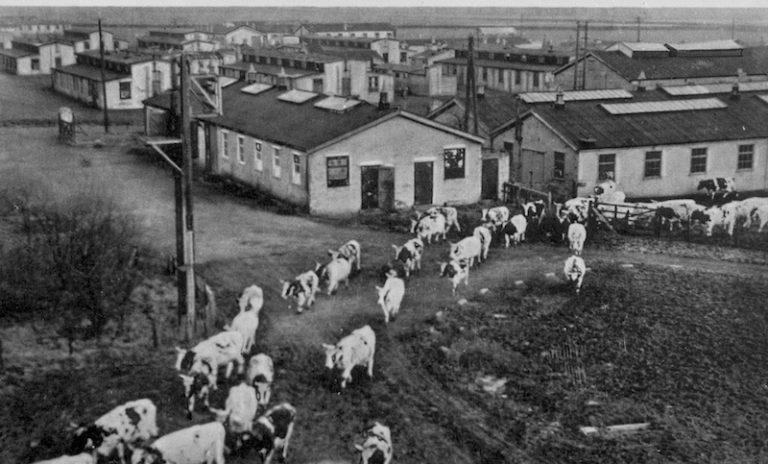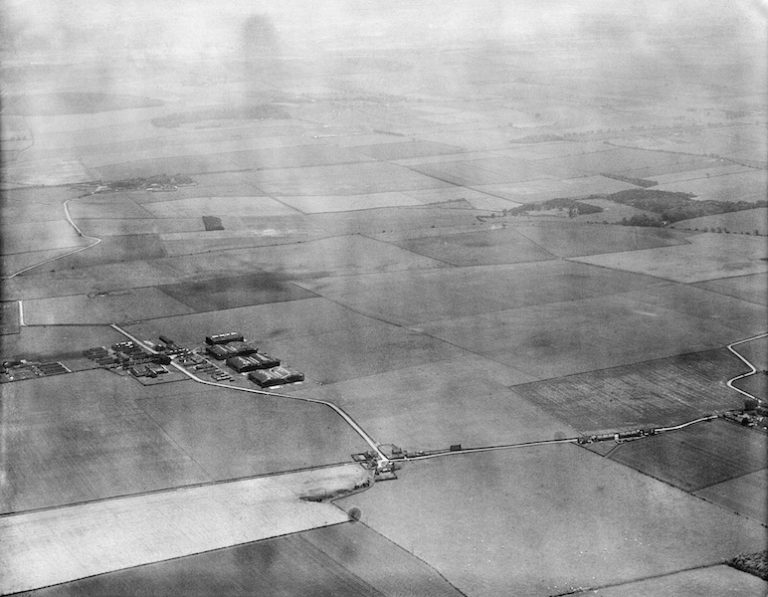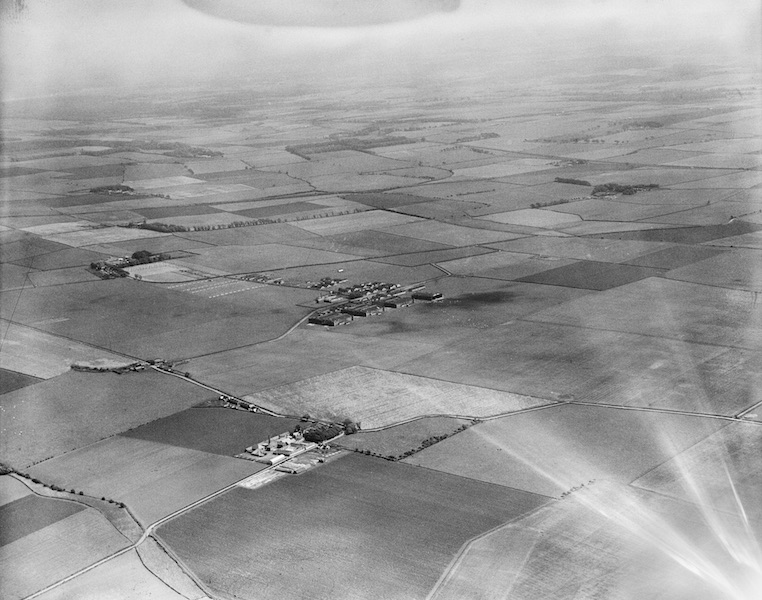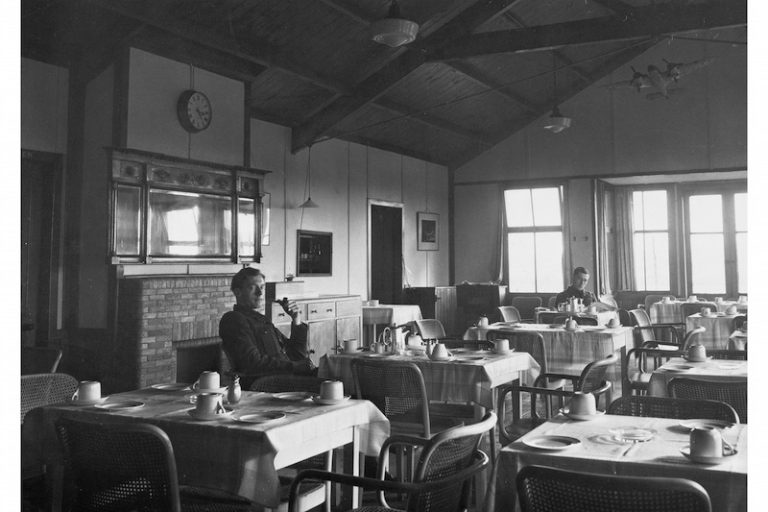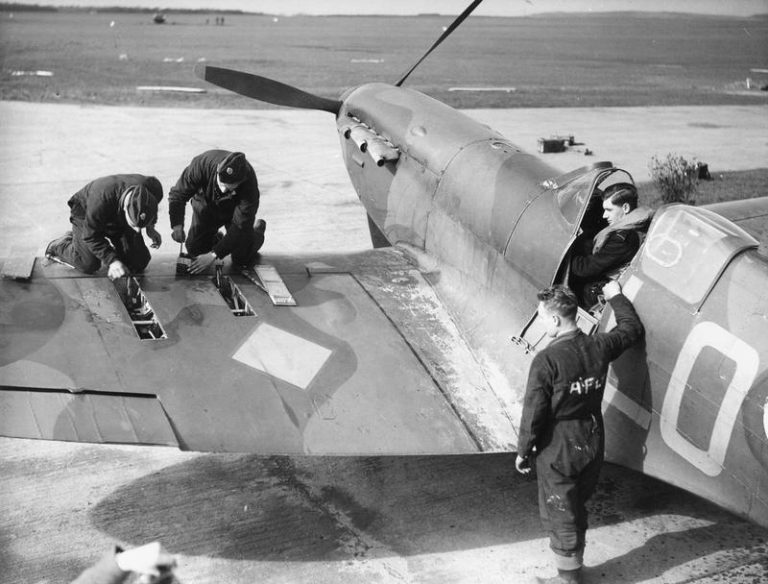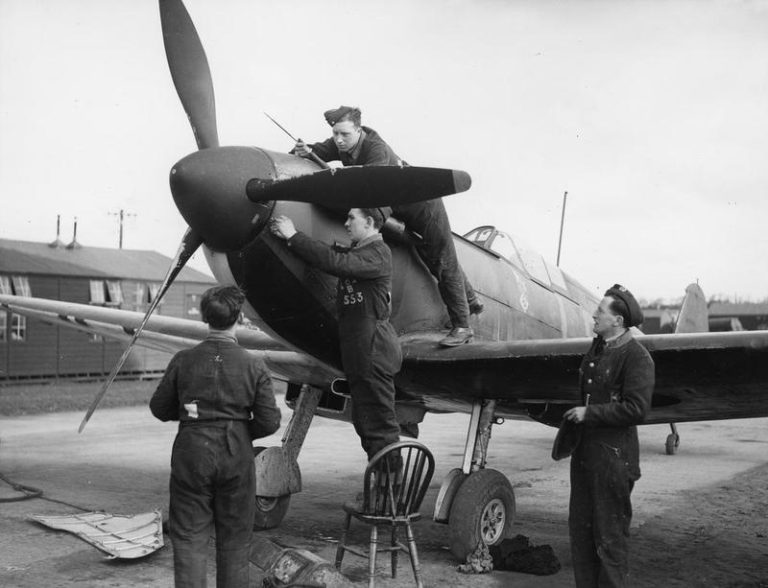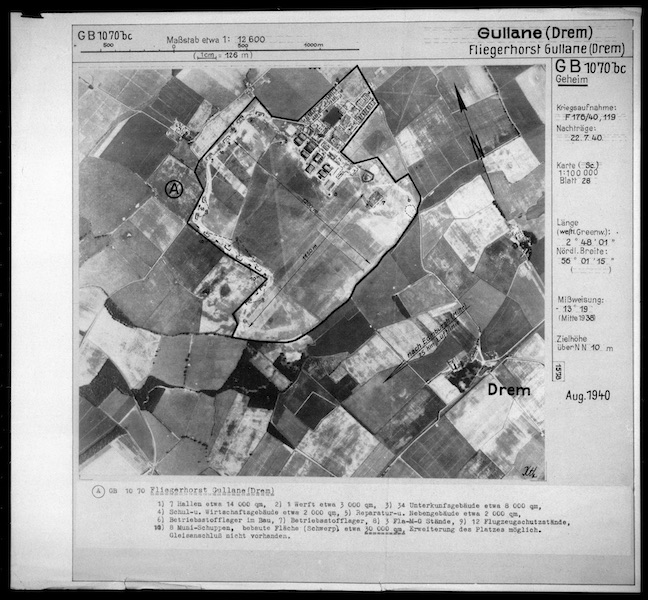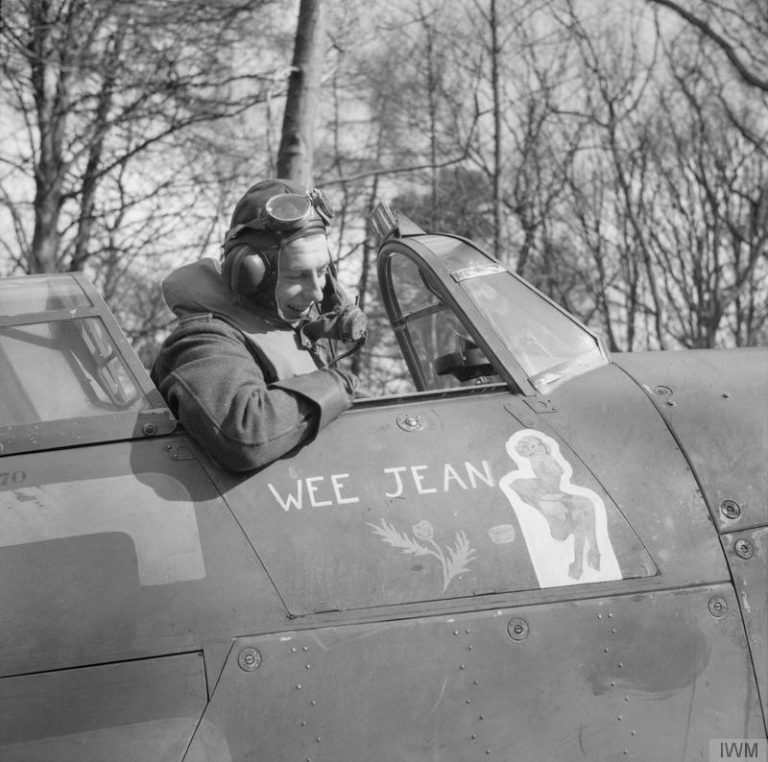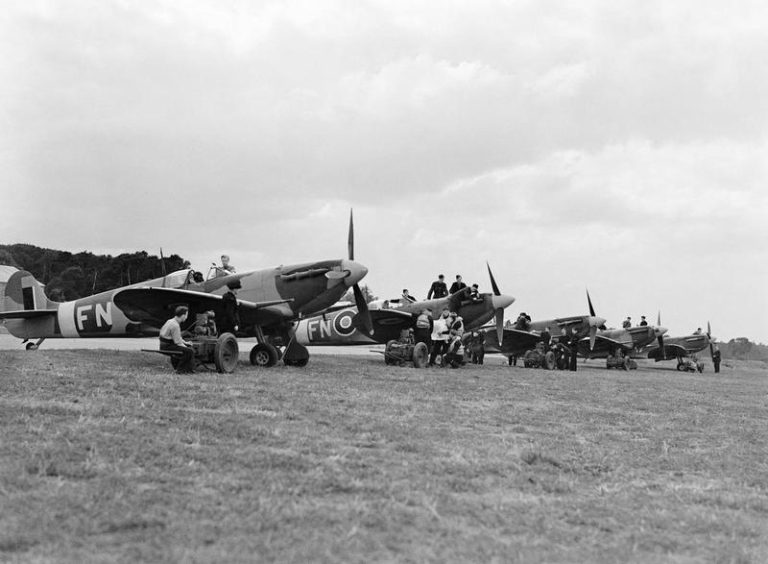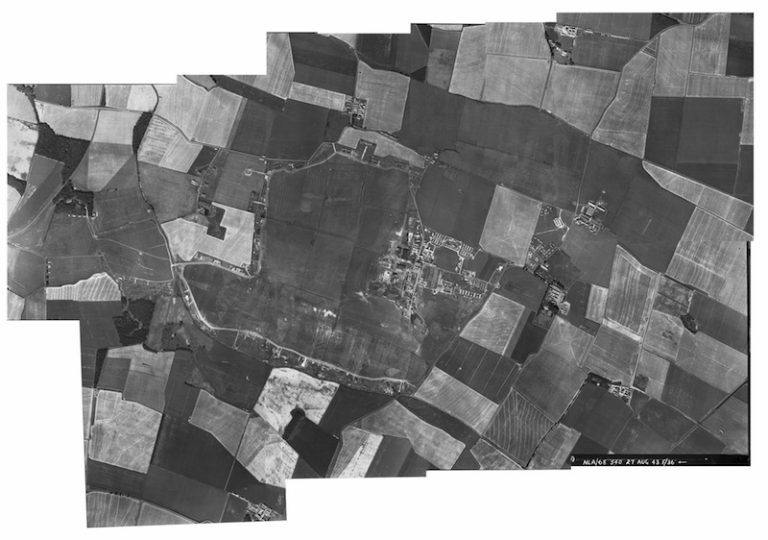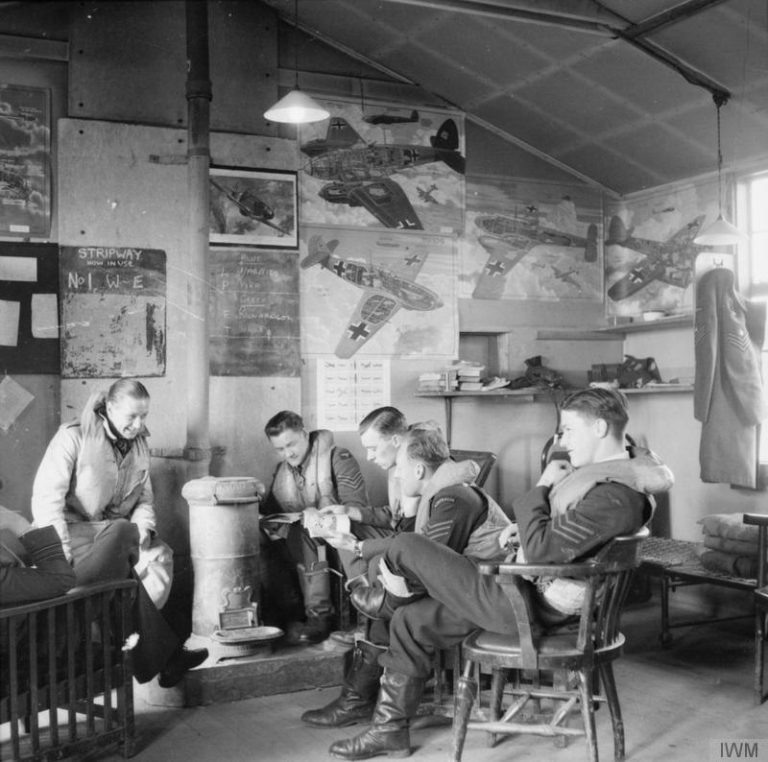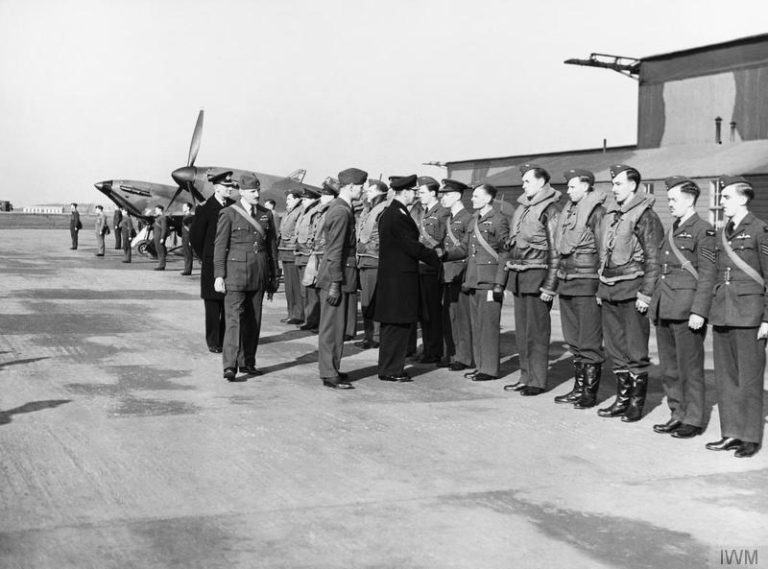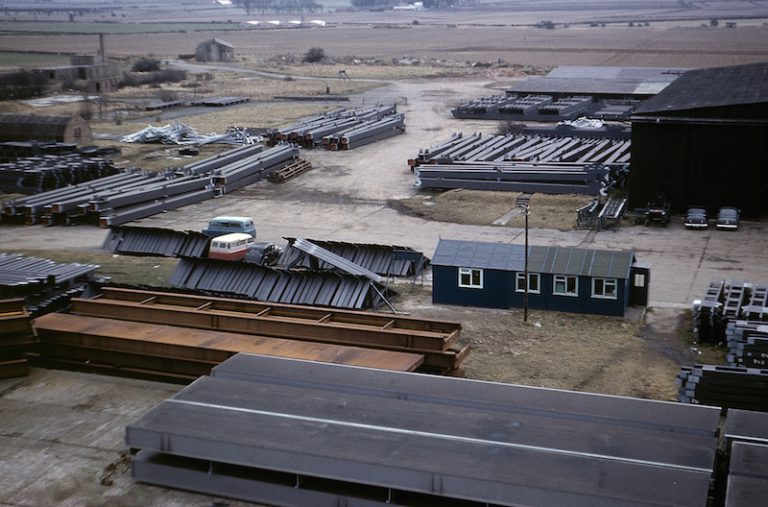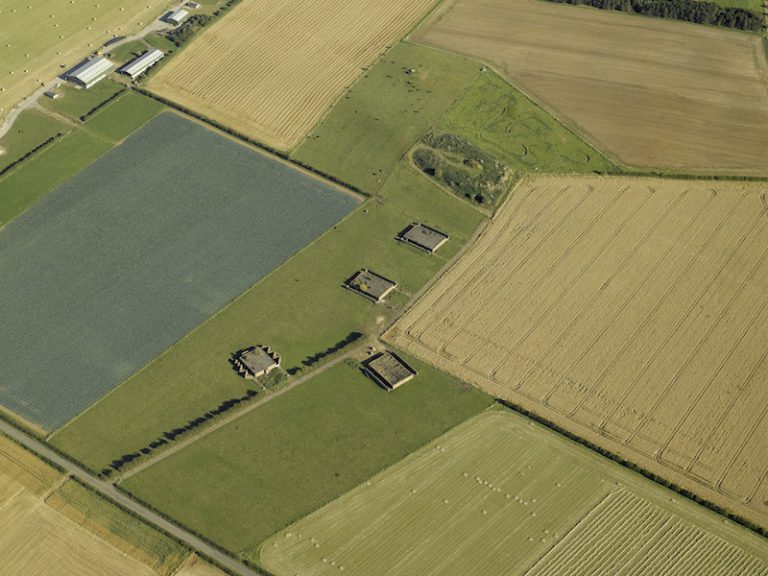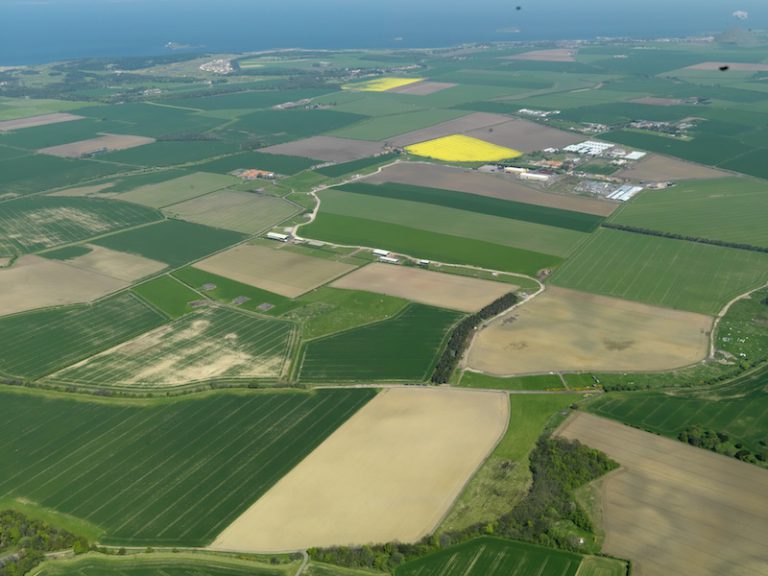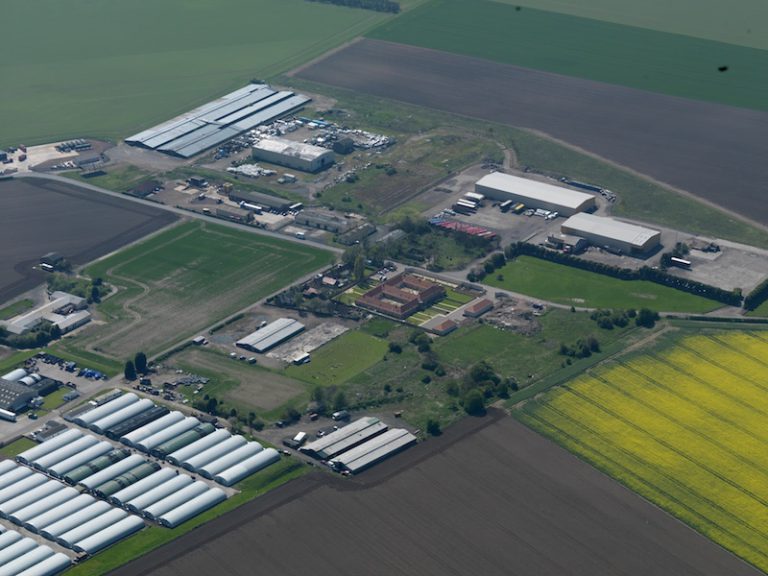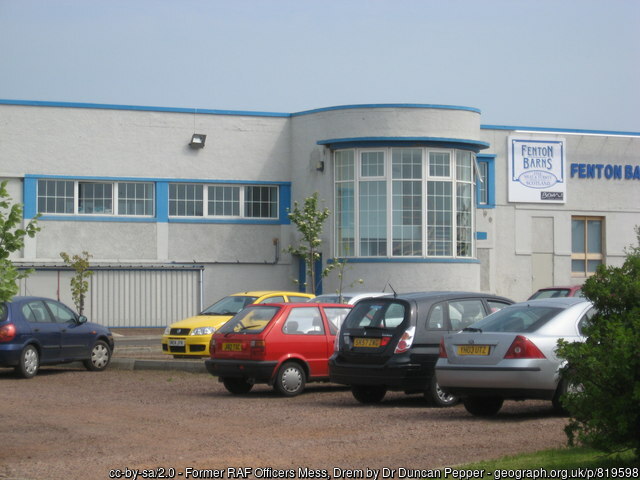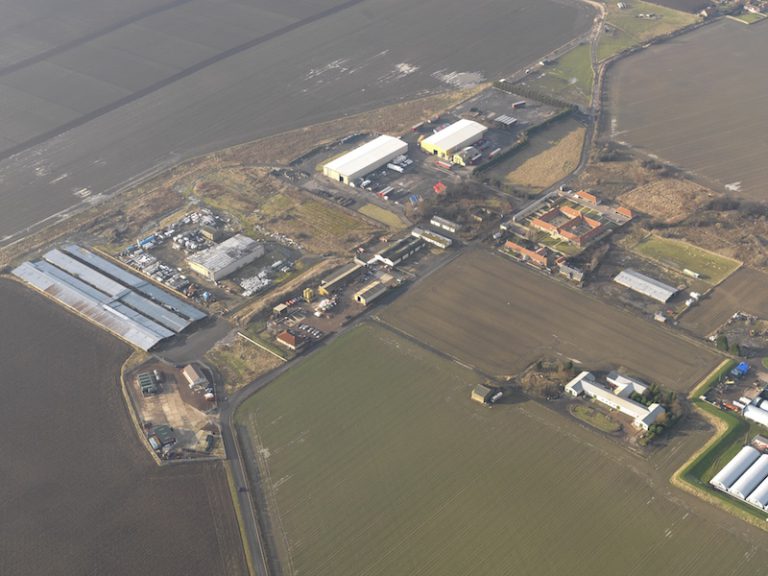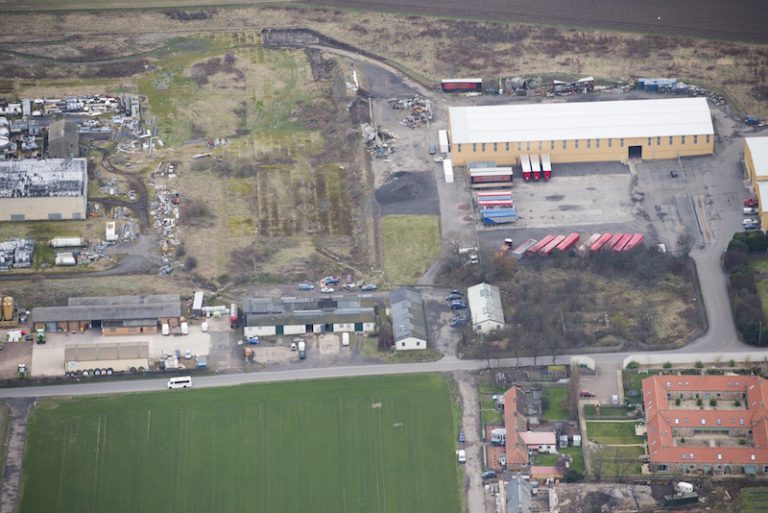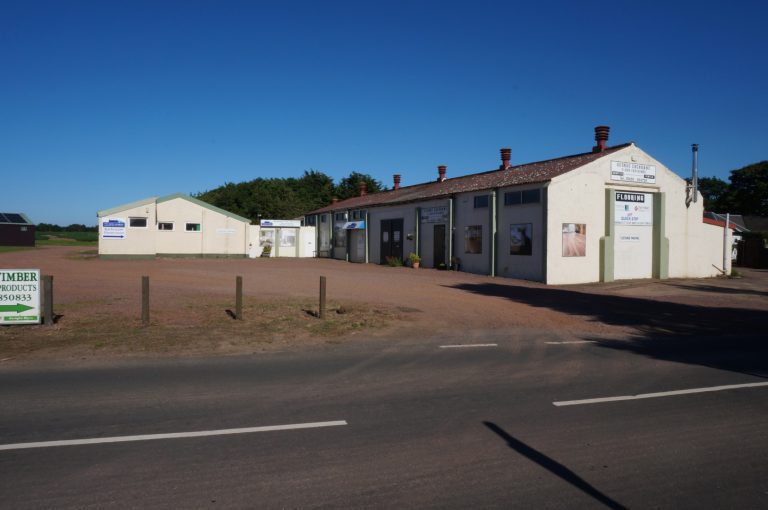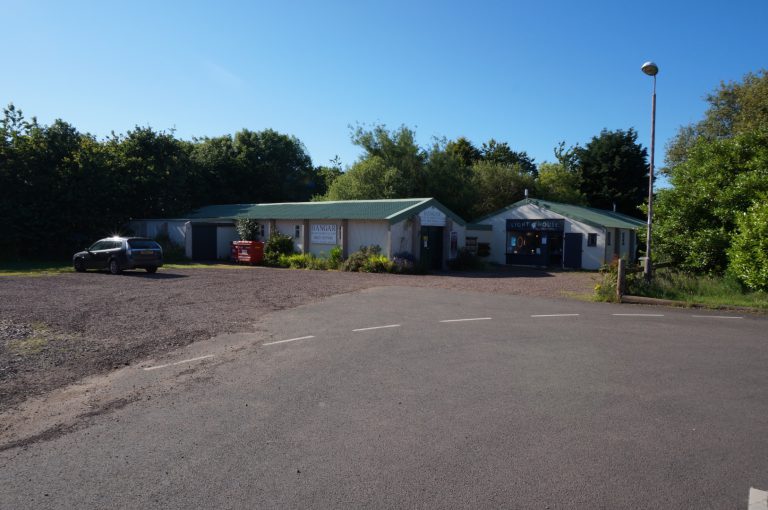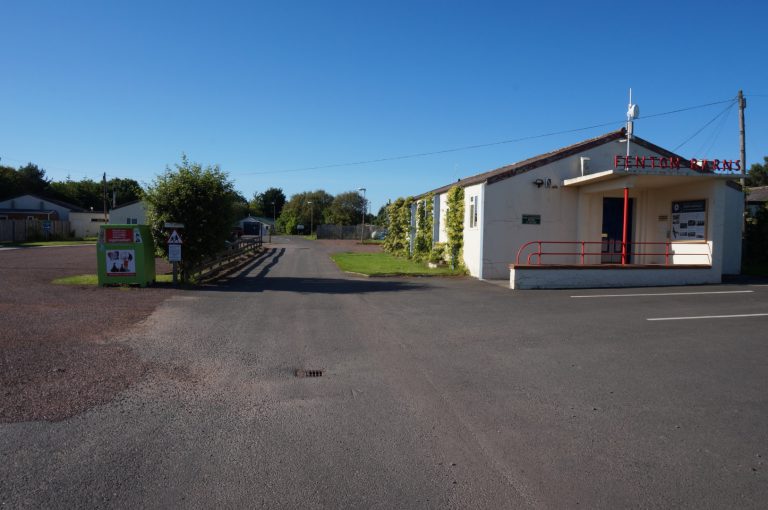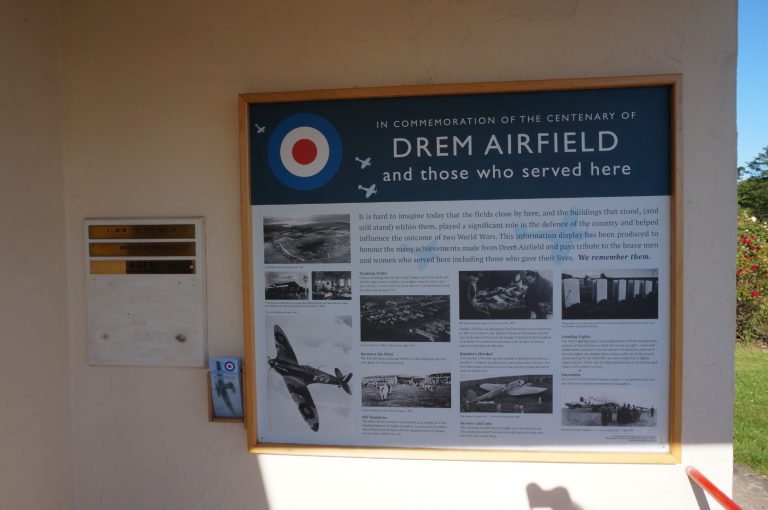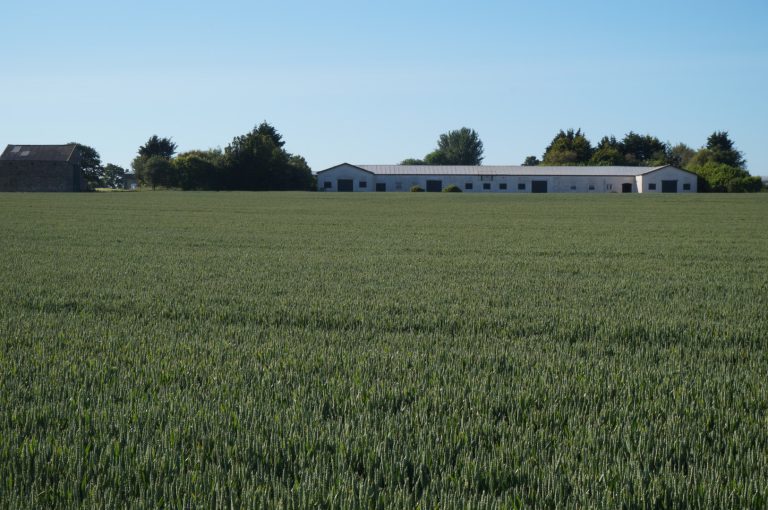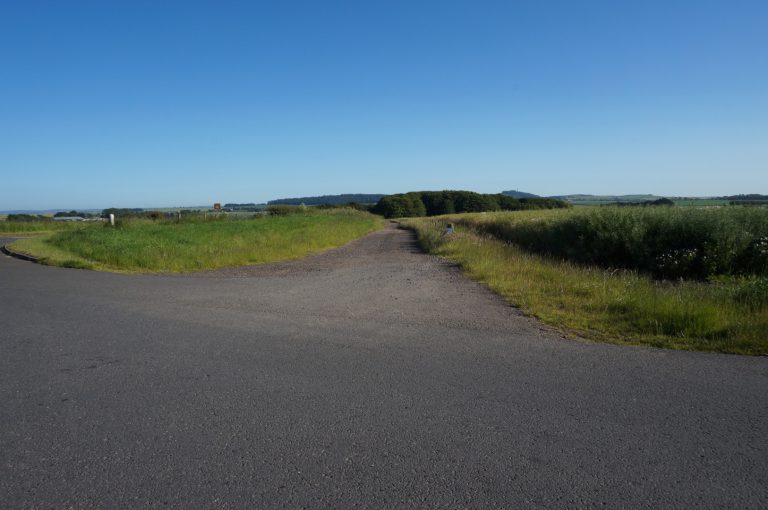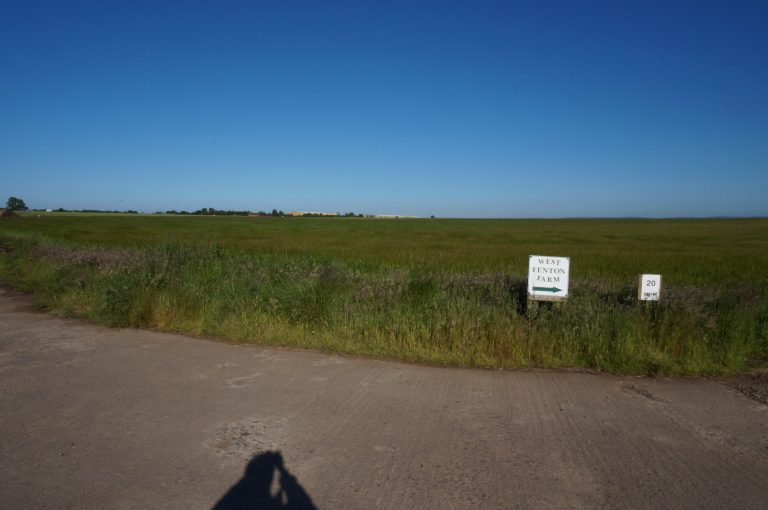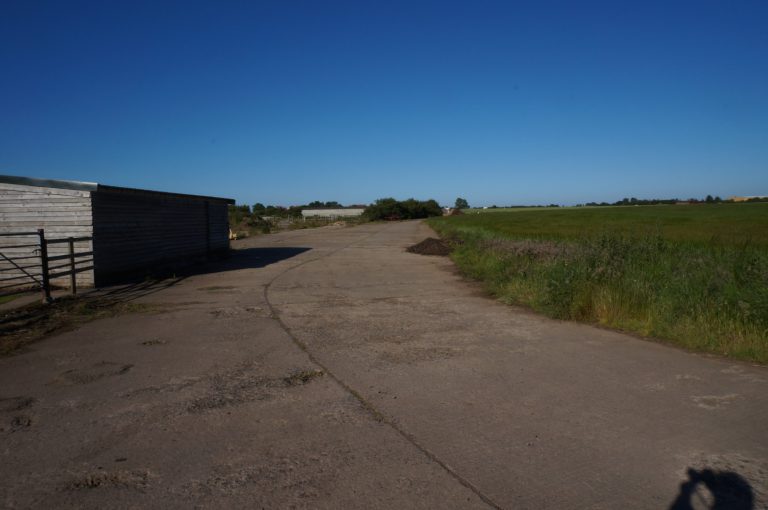Airfield search
Drem (Gullane) (West Fenton)

“
Drem was involved after World War Two in the construction of the Forth Road Bridge which opened in 1964.
“| Also known as: | Dirleton / Drem Aerodrome / Fenton Barns Retail Village / Gullane Aerodrome / HMS Nighthawk / RAF Drem / RAF Gullane / RAF Station, Drem / RAF West Fenton / RFC West Fenton / RN Air Station, Drem / RNAS Drem / USAAF Station 430 / West Fenton Aerodrome / West Fenton Landing Ground |
| County: | East Lothian |
| Current Status: | Farmland (main position) / Industry (main position) / Museum |
| Date: | January 1917 - 31 December 1946 |
| Current Use: | Disused |
| Used By: | RAF (main user) / RAF (French) / RAF (Polish) / RFC / FAA / RAAF / RCAF / RNZAF / USAS |
| Landing Surface Type(s): | Unpaved |
| Prominent People: | Richard Atcherley |
| Aircraft Role(s): | Air-sea rescue / Anti-aircraft co-operation / Fighter (main role) / Naval aviation / Trainer (main role) |
Drem in East Lothian was situated in an ideal position to protect the general Edinburgh area and important dockyard at Rosyth. The airfield began its career in the First World War and was at this time initially known as West Fenton, being used as a landing ground by No 77 Squadron for Home Defence. By the end of the conflict the more developed site had become known as Gullane with No 2 Training Depot Station having already formed in April 1918. This unit used aircraft types such as the Avro 504, Sopwith Camel and Sopwith Pup but eventually disbanded during November 1919, with its home closing shortly afterwards.
Although the airfield was used as a temporary site for a military exercise in 1933, the airfield otherwise remained unused until shortly before World War Two. No 13 Flying Training School (FTS), which changed to become No 13 Service FTS as war started, operated for a short time from March 1939. However, this unit quickly disbanded to make room for operational squadrons of RAF Fighter Command, making the most of Drem’s ideal defensive location. Numerous fighter units were stationed at the airfield throughout World War Two, mainly using Supermarine Spitfires and Hawker Hurricanes. No 602 Squadron Spitfires from Drem shot down a Heinkel He 111 bomber to claim one of the first two aerial victories over Britain on 16 October 1939.
The famous Drem (or, more officially, Airfield Lighting) system was developed in 1940 here by then Officer Commanding Wing Commander Richard Atcherley. He invented a new form of airfield illumination that was hugely successful and addressed glare and visibility problems involving aircraft such as Spitfires and Hurricanes flying at night. Lights on the airfield itself and others in the vicinity on poles ten feet high were placed in a mostly circular pattern to help guide aircraft in the process of landing. These lights were only visible to aircraft in the circuit and could be dimmed to hide them from enemy aircraft. The system proved so popular that it became a standard component of all RAF stations.
Night fighter units also increasingly from 1941 joined the more common Hurricanes and Spitfires after the airfield saw significant action during the Battle of Britain. Aircraft of this nature included the Bristol Blenheims and later de Havilland Mosquitos of No 29 Squadron. By mid-war Bristol Beaufighters and Mosquitoes had to a degree supplanted the day fighter squadrons which continued to be based at Drem on rotation. The latter were often posted here as a relative respite from the intense fighting in the south-east, as well as carrying out vital convoy patrols. No 309 Squadron still operated increasingly ageing Hurricanes here for much of 1944 until eventually reequipping with North American Mustangs. In addition, from 1942 several air-sea rescue units also regularly operated from Drem using a number of different aircraft types, including Avro Ansons and Supermarine Walruses.
A more specialised resident was the Radar Development Flight, later No 1692 (Radar Development) Flight which formed at Drem in December 1942 and stayed a year with the purpose of evaluating radar and other night fighting equipment.
Around the same time the Royal Navy, in addition to the RAF, had started to use the airfield for night fighter training from late 1942. No 784 Squadron stayed as a lodger but its home officially became a Fleet Air Arm base shortly before World War Two ended in Europe and was known as HMS Nighthawk. Peacetime however saw naval flying cease relatively quickly, and the squadron moved to Dale as 1946 started before Drem returned to RAF control on 15 March. This great airfield finally closed at the end of that year, although No 3 Gliding School did use Drem until September 1947. No more activity took place but, had war broken out again in the late 1940s, Drem would have served as the war station for both Abbotsinch and Turnhouse and seen fighters return once more.
A few buildings from both World Wars remain, including two Bellman hangars. There is now no evidence of the three grass runways, although most of the paved perimeter track survives. A building that was once Women’s Auxiliary Air Force (WAAF) accommodation, now houses a small exhibition relating to the airfield, part of the Arts and Crafts Gallery at the thriving Fenton Barns Retail Village which comprises of various World War Two era support buildings.
The following organisations are either based at, use and/or have at least potentially significant connections with the airfield (as at 01/09/2011):
- A1 Classic Cars
- Abbacus Skip Hire
- Andrew Black Limited t/a Andrew Black Haulage and Storage
- Arts & Crafts Galleries
- Belinda Robertson
- Brogan Fuels
- Cashmere Barn
- Clock House Furniture
- Counting Numbers Bookkeepers Accountants
- Crop Chemicals
- DC Watson & Sons
- Drem Timber & Fencing
- Edinburgh Preserves
- Fenton Barns Farm Shop & Cafe
- Fenton Barns Garage
- Fenton Barns Nursery
- Flying Scotsman Mechanics
- George Cochrane Floor Coverings
- Green Tara Interiors
- Gullane and Dirleton History Society
- Gullane Area Community Council
- Hangar Framing
- Kiln & Cutter Stained Glass
- Linton Country Furniture
- Lovage & Lace
- Macmerry Model Flying Club
- Old Pine & Pieces
- Patricia Bewsey Designs
- REM Associates
- Scots Cheer Ltd
- Scottish Archery Centre
- Signman
- Specialist Vehicle Solutions (SVS)
- Stuart Anderson Kitchens
- Stuart Motors
- The North Berwick Bathroom and Tile Company
- Time Tunnel Models
- Wayside Antiques
Main unit(s) present:
-
No 2 TDS
-
No 3 GS
-
No 7 AACU
-
No 13 FTS
-
No 13 SFTS
-
No 29 Sqn
- 41st Aero Sqn
-
No 43 Sqn
-
No 64 Sqn
-
No 65 Sqn
-
No 72 Sqn
-
No 77 Sqn
-
No 81 Sqn
-
No 91 Sqn
-
No 96 Sqn
-
No 111 Sqn
-
No 123 Sqn
-
No 124 Sqn
-
No 130 Sqn
-
No 137 Sqn
-
No 141 Sqn
-
No 145 Sqn
-
No 148 Airfield
- No 151 Sqn
- No 152 Sqn
-
No 165 Sqn
-
No 186 Sqn
-
No 197 Sqn
- No 219 Sqn
-
No 222 Sqn
-
No 226 Sqn
-
No 232 Sqn
-
No 242 Sqn
-
No 245 Sqn
-
No 258 Sqn
-
No 260 Sqn
-
No 263 Sqn
-
No 278 Sqn
-
No 281 Sqn
-
No 282 Sqn
-
No 289 Sqn
-
No 307 Sqn
-
No 309 Sqn
-
No 340 Sqn
-
No 409 Sqn
-
No 410 Sqn
-
No 453 Sqn
-
No 485 Sqn
-
No 486 Sqn
-
No 488 Sqn
-
No 600 Sqn
-
No 602 Sqn
-
No 603 Sqn
-
No 605 Sqn
-
No 607 Sqn
-
No 609 Sqn
-
No 611 Sqn
-
No 732 Sqn
-
No 770 Sqn
-
No 784 Sqn
-
No 801 Sqn
- No 845 Defence Sqn
-
No 880 Sqn
-
No 881 Sqn
-
No 884 Sqn
-
No 892 Sqn
- No 1025 Servicing Wing
- No 1030 Servicing Wing
-
No 1528 BAT Flight
-
No 1692 (Radar Development) Flight
-
No 1791 Sqn
-
No 1792 Sqn
- No 2882 Sqn RAF Regiment
- No 2885 Sqn RAF Regiment
-
Radar Development Flight
-
S.C.R.584 Training Unit
- Station Flight, Drem (FAA)
- Station Flight, Drem (RAF)
Copy of a postcard showing a herd of cattle and ex-military buildings, c. 1930. © Courtesy of Historic Environment Scotland, canmore.org.uk
Aerial photograph of Drem taken facing south, 1935. © Historic Environment Scotland (Aerofilms Collection), canmore.org.uk
Aerial photograph taken facing east, 1935. © Historic Environment Scotland (Aerofilms Collection), canmore.org.uk
Interior view of the Parachute Cafe at Drem Airfield, c. 1939. © Courtesy of Historic Environment Scotland, canmore.org.uk
The pilot waits in his cockpit as armourers work on the machine guns of a Spitfire Mk I of No 602 Squadron at Drem, March 1940. © IWM (HU 106304)
Fitters working on a Spitfire Mk I of 'B' Flight, No 602 Squadron at Drem, March 1940. © IWM (HU 106303)
Aerial photograph of Drem, August 1940. © Historic Environment Scotland (Luftwaffe: Aerial Reconnaissance (Scotland)), canmore.org.uk
'Wee Jean' was a Hawker Hurricane from No 260 Squadron, pictured here at Drem on 15 April 1941. © IWM (H 9195)
Spitfire VBs of No 453 Squadron at Drem, 14 August 1942. © IWM (CH 6512)
RAF Second World War vertical aerial photograph of Drem airfield (composite of scanned photographs), including the bomb store and perimeter track, 27 August 1943. © Courtesy of Historic Environment Scotland (RAF Air Photographs Collection), canmore.org.uk
Pilots of No 43 Squadron sitting round the stove in their dispersal hut while at readiness, at Drem during the Second World War. © IWM (H 9191)
King George VI meets the pilots of No 111 Squadron RAF, accompanied by the Squadron Commander, Squadron Leader H Broadhurst, at Drem during the Second World War. © IWM (C 822)
Storage area for fabricated steelwork at Drem, March 1962. © Courtesy of Historic Environment Scotland, canmore.org.uk
Aerial view centred on the bomb store, taken from the west-north-west, 10 September 2007. © Crown Copyright: Historic Environment Scotland, canmore.org.uk
Aerial view of the airfield, taken from the south-west, 7 May 2008. © Crown Copyright: Historic Environment Scotland, canmore.org.uk
Aerial view centred on the technical area with the aircraft hangars adjacent, taken from the north-east, 7 May 2008. © Crown Copyright: Historic Environment Scotland, canmore.org.uk
The former Officer's Mess at Drem, 23 May 2008.
Aerial view centred on the technical area, taken from the south-east, 4 February 2009. © Crown Copyright: Historic Environment Scotland, canmore.org.uk
Aerial view of the First World War airfield buildings, looking west-south-west, 5 March 2014. © Crown Copyright: Historic Environment Scotland, canmore.org.uk
Former gymnasium, alongside Fenton Barns retail village at Drem, 26 June 2019.
Support buildings now forming part of Fenton Barns retail village at Drem, 26 June 2019.
Fenton Barns retail village at Drem, 26 June 2019.
Information board at Fenton Barns retail village at Drem, 26 June 2019.
World War One Officers Mess at Drem, 26 June 2019.
South-eastern section of perimeter track at Drem, 26 June 2019.
View across Drem from north side of perimeter track, 26 June 2019.
Part of north side of perimeter track at Drem, 26 June 2019.
Various footage and images of Drem. Courtesy of coastkid71
Aerial footage of Drem, 12 July 2013. Courtesy of SandyInEdinburgh
| Parent(s)/HQ Airfield(s): | |
| Satellite(s): | |
| Emergency Landing Ground(s): | |
| Decoy Airfield(s): | |
| Associated Airfield(s): |

